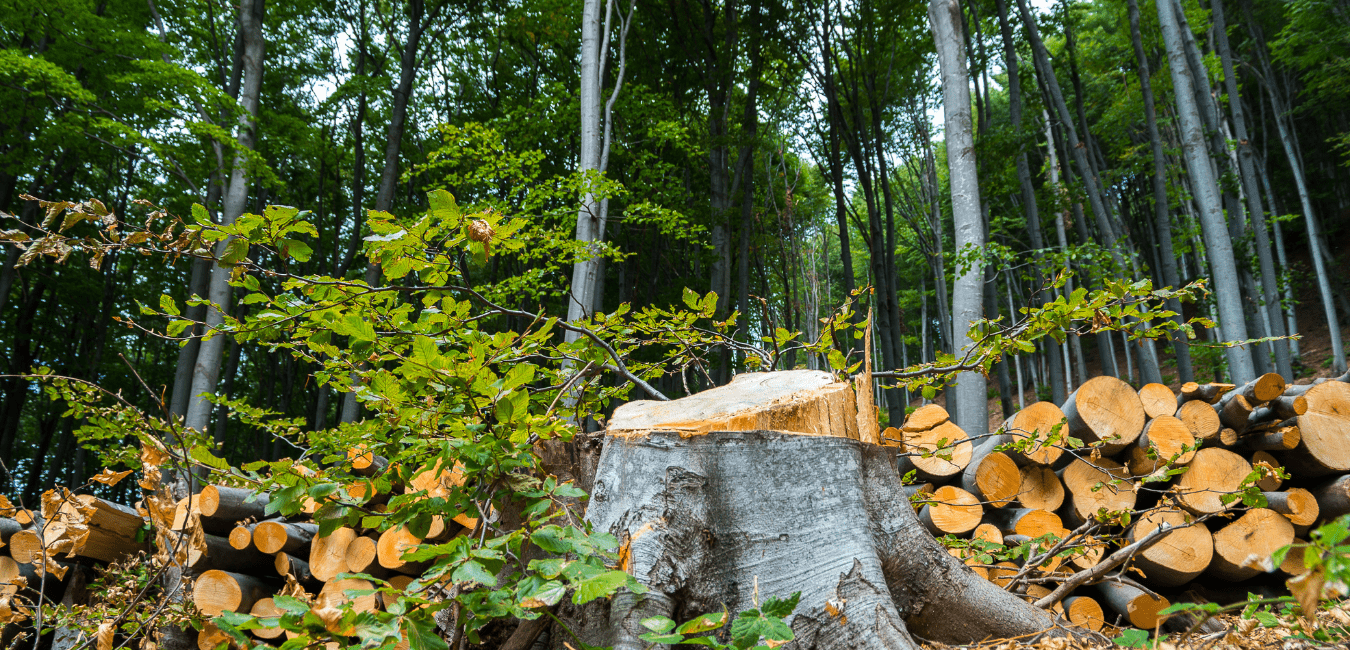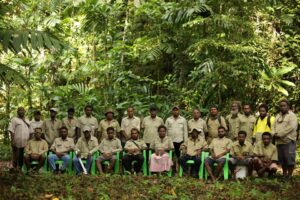BY Aatreyee Dhar, Cece Siago, and Jeremy Gwao
February 11, 2022
WHEN the pandemic struck India’s northeastern state of Meghalaya, a parallel move to implement a massive hydroelectric dam was underway, right in the middle of the state’s pristine natural resources.
But the indigenous communities of Meghalaya stood fast in their protest against the dam. Despite the government’s attempt to fast-track the project, pressure from indigenous communities prevented its construction.
Indigenous communities —like the ones in Meghalaya— play a key role in the conservation of nature, which is important to prevent the gravest impacts from the climate crisis. But the Covid-19 pandemic was detrimental to their efforts.
A team of Climate Tracker reporters analyzed how the pandemic impacted the rights of indigenous people in three countries: Kenya, India and Solomon Islands. These are countries vulnerable to climate change and with a strong presence of indigenous communities.
In all cases, our team of reporters found indigenous people had to organize to defend their human rights during the pandemic, as they suffered attacks on their land rights and their forests.
At times, these attacks came through conservation and renewable energy projects, which disregarded consultation with local communities. At other times, they were directly affected by extractive activities.
The Covid-19 pandemic left the world exposed to a perpetuating medical, economic and social crisis, with 119-124 million people pushed into the depths of poverty in 2020.
Lost in those numbers is a chunk of the 370 indigenous people that make up to 5% of the global population, preserving 80% of the global biodiversity, according to a study by the World Bank.
A report by the NGO Forest Peoples Programme found indigenous communities worldwide faced a surge in human rights violations during the Covid-19 pandemic, as their governments used economic recovery plans to aggressively expand industries on forested lands.
In particular, economic recovery plans refer to the initiatives to recover from the global impact of the pandemic by providing an economic stimulus to extractive industries, such as fossil fuels, mining, and industrial agriculture.
The extraction of natural resources found within the indigenous peoples’ territories continued on a large scale and created conflicts and insecurities for the community, the report highlights.
“Despite social restrictions that were enforced, there was no let-up in the exploitation of resources of indigenous communities”, said Suhas Chakma, Director of Rights and Analysis Group, an independent human rights think-tank.

Read Aatreyee’s story about indigenous resistance in India

Read Cece’s report from Kenya on what lies in store for the community

Read Jeremy’s story from Solomon Islands about financial limitations on indigenous communities
Human rights under threat
Recovery plans in developing countries often led to human rights violations against indigenous people. In some cases, this was done through “green” projects that aimed to protect nature.
In the case of India’s Covid-recovery plans, for example, there was an increase in the investment towards the conservation of nature in the form of compensatory afforestation practices.
But there is more than meets the eye, says Chakma. These government-driven conservation practices happened at the cost of the rights of indigenous communities over their forest lands, the expert added.
“Under covid recovery plants, compensatory afforestation taken by the Indian Government was used to destroy existing forests and counterbalance it with afforestation activities on indigenous lands,” said Suhas, who is also collaborating with the International Work Group for Indigenous Affairs (IWGIA).
Similarly, in Kenya forced evictions by the government continued at the head of the pandemic leaving indigenous families from the Ogrik community homeless, in what appears to be a blatant disregard for their rights to their ancestral forest.
In other cases, local NGOs for conservation reliant on foreign funds faced a severe cash crunch as funds were diverted to Covid-19 health care and relief.
For instance, in Solomon Islands, the Mai Massina Green Belt, a local NGO enabling the conservation of indigenous communities in the island Malaita was losing its foreign donors.
However, it managed to fund its conservation activities by adopting alternatives. “We believe that the benefits of supporting indigenous peoples to be stewards of their own territories far outweigh the challenges in the long run”, said Daniel Lin, who works as a storyteller with Nia Tero, a global NGO putting indigenous rights at the center of conservation.
In the end, human rights violations in indigenous communities often led to an increased deforestation rate during Covid-19, global data shows.
A report by NGO Forest Peoples Programme found an increase in deforestation rates during the lockdown periods, with laws facilitating the economic exploitation of fragile ecosystems and territories of indigenous communities.
A hostile recovery
Throughout the pandemic, states prioritized the expansion of industries, new infrastructure, mining and agricultural plantations–cutting trees wholesale on indigenous territories, cites the report by the Forest Peoples Programme.
“In India, some of the coal mines auctioned to recuperate from the slump in economy didn’t have the environmental [forest] clearance”, explains Suhas.
These mines sitting on indigenous forested lands could lead to more evictions and attacks on such communities. These extractive projects snap the relationship between communities and their forests, which drive their livelihoods, according to a 2020 report by the IWGIA.
Even Bangladesh —one of the most vulnerable countries to the effects of climate change– saw attacks, aggressive land-grabbing incidents from outsiders resulting in human rights violations of the indigenous community, experts highlighted.
“The construction of the five-star JW Marriott [in talks during the pandemic] hotel on indigenous land in one of the hill tracts of Chittagong will lead to deforestation and make the community more vulnerable. There were incidents of settlers illegally occupying betel farms [main source of livelihood] of the indigenous Khasi and Manipuri communities during the pandemic,” said Dr. Zobaida Nasreen, of the Department of Anthropology at Bangladesh’s Dhaka University.
Inevitably, when these planned developments proceed to evict indigenous people from their lands and sweep out forests –which are their main source of livelihood– it contributes to climate change and increases the risk of disasters in the area, explained Dr. Zobaida Nasreen.
Amidst the unequal losses during Covid, the indigenous communities in some states have demonstrated innovation and strength with regards to saving their forests and ancestral lands and stepping up to the climate crisis.
A Forest Peoples Programme report says steps like continuing to self-demarcate and monitor their ancestral lands, filing petitions against harmful deregulation proposals and using human rights mechanisms to draw attention to their situation are enabling indigenous communities to assert their rights.
In India’s Meghalaya, similar advocacy focused on strengthening the rights of the self-governing institutions of the indigenous bore results against aggressive expansion of infrastructures and fossil fuel industries.




